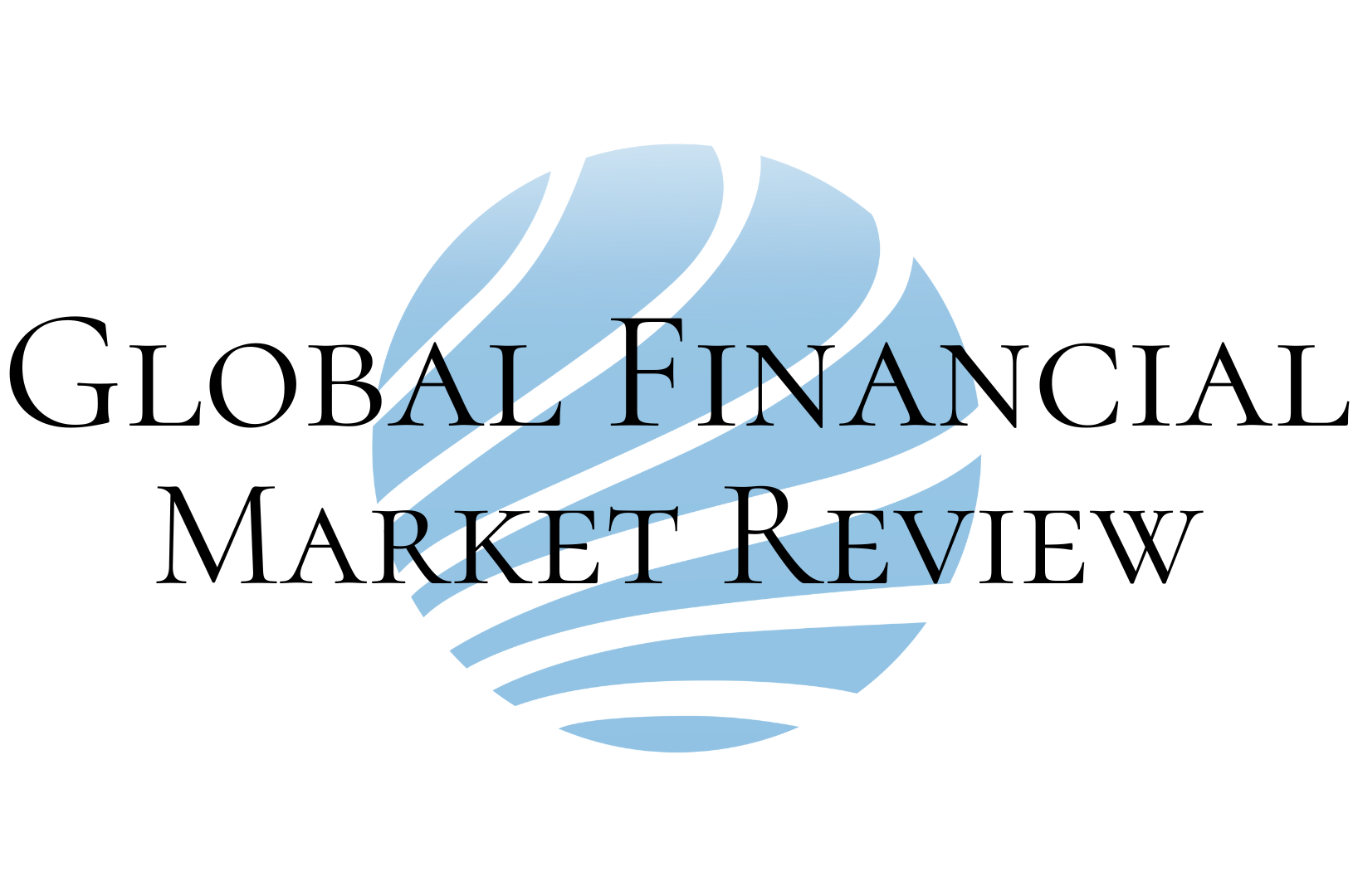When it comes to money, the Dutch are said to be frugal and sometimes even stingy. But is this actually true or just a stereotype? ING Bank, the largest bank in the Netherlands, offers some insight into how the Dutch handle their money matters.
Going Dutch
You have probably heard the term “going Dutch”. It means splitting the bill; everyone pays for their own meals or drinks. This term was most likely coined around the 17th or 18th century. At the time, the Netherlands and England were big rival nations, and so the English came up with multiple negative turns of phrase to mock the Dutch. Perhaps paying your own way seemed a tad uncivilised to them.
So, do the Dutch actually like to “go Dutch”? Looking at the popularity of payment request apps in the Netherlands, it seems like the answer is a resounding yes. The Dutch value fairness, and they love to calculate who spent what, to make sure the bill is paid fairly. And it’s not just large amounts that the Dutchies request. In 2020, NOS reported that more than 10.000 daily payment requests are made for amounts of less than 2 euros.
Just act normal
Often people use the influence of Calvinism to explain the frugal financial behaviour of the Dutch. Calvinism is a branch of Protestantism which left a big mark on Dutch society. In fact, the Dutch constitution is strongly based on Calvinist principles.
Today, in common usage, the following characteristics are considered Dutch Calvinist: modest behaviour, modest expression of emotions, not showing off, rigidity in principles and frugality and thriftiness. There is a saying that many Dutchies live by that showcases this mentality perfectly: Doe maar normaal, dan doe je al gek genoeg (Just act normal, then you are already acting crazy enough).
You can see this Calvinist attitude in action in the way Dutch people go about their finances.
Debit cards instead of credit cards
Nowhere is this preference for modesty and thriftiness better represented than in the Dutch attitude towards credit and debt. While in many countries it is normal to pay for purchases with your credit card, people in the Netherlands prefer their debit card. In fact, there are still many places in the Netherlands you can’t even pay with a credit card!
So, why is the credit card not more popular over here? Well, for one thing, the Dutch don’t like being in debt, and having a credit card bill is often essentially viewed the same as being in debt. Furthermore, Dutch debit cards are accepted everywhere in the Netherlands, so Dutchies often don’t see the need to get a credit card as well. If they do own a credit card, it’s mostly used while travelling abroad or for online purchases.
Pocket money
Dutch children are also taught how to handle money from an early age. It’s pretty normal for Dutch parents to give their kids pocket money so that they can learn the value of money and how to be responsible with it. According to an ING International Survey, 67% of parents in the Netherlands give their kids an allowance.
However, are Dutch parents generous when it comes to giving pocket money or are they a bit more frugal, as the stereotype suggests? Well, unfortunately for kids in the Netherlands, they don’t get a lot of pocket money compared to kids in the rest of Europe. On average, kids in Europe under the age of five get 2 euros of pocket money per week, while Dutch kids under the age of five get just 50 cents.
So, it seems that kids in the Netherlands learn how to save money early in life as well...
Save up
Speaking of saving money, the Dutch love to save - another expression of their Calvinist preference for frugality and measured actions. According to research done by Allianz Trade, on average, Dutch people have a financial buffer of 152.520 euros saved. That's the highest figure in the whole of the European Union.
While a lot of this buffer is saved traditionally as cash in a bank account, a lot of it is also saved in other financial products like bonds, stocks, shares and similar.
Want to learn how to get a handle on your money like a Dutchie? Learn more about ING Bank and what they can do for you by visiting their website.


